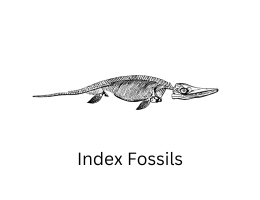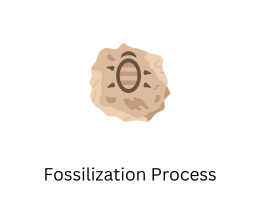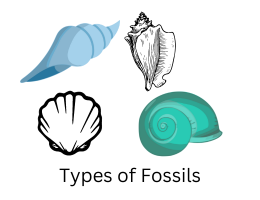
Fossilized Extinctions
Fossilized Extinctions: Tracing the History of Life on Earth
- By admin --
- Sunday, 02 Apr, 2023
History of Life on Earth".
Fossilized Extinctions: Tracing the History of Life on Earth
The history of life on Earth is one of incredible richness and diversity. From the simplest single-celled organisms to the complex web of life that we see today, our planet has been home to an unimaginable array of species throughout its long history. And yet, for all its diversity, life on Earth has also been marked by a series of mass extinctions - events that have wiped out huge numbers of species and radically reshaped the course of evolution.
The study of these extinctions is a fascinating field, and one that relies heavily on the use of fossils. Fossils are the preserved remains or traces of ancient organisms, and they provide an invaluable window into the past. By studying fossils, paleontologists can learn about the anatomy, behavior, and ecology of long-extinct species - and in doing so, they can piece together the story of how life on Earth has changed over time.
One of the key uses of fossils in the study of extinction is in identifying when and how species disappeared. By examining the fossil record, paleontologists can see the pattern of which species disappeared and when, and can identify potential causes for their demise. For example, the disappearance of certain species might be linked to a change in climate or the arrival of a new predator. By understanding these patterns, scientists can gain insight into the factors that have driven extinction throughout Earth's history.
Another important use of fossils in the study of extinction is in understanding the ecological impact of extinctions. When a species goes extinct, it leaves behind an ecological vacuum - a niche in the ecosystem that is suddenly empty. By examining the fossils of extinct species and their ecological context, paleontologists can piece together how the disappearance of one species might have affected others. For example, the extinction of a predator might lead to an explosion in the population of its prey, which in turn could have ripple effects throughout the food web. By understanding these interactions, scientists can gain insight into how ecosystems respond to the loss of key species.
Of course, studying extinction through fossils is not without its challenges. Fossils are often incomplete or damaged, and it can be difficult to piece together a complete picture of an ancient species from just a few bones or fragments. In addition, the fossil record is patchy and incomplete, with significant gaps in our understanding of certain time periods or regions. These limitations mean that paleontologists must use a combination of different techniques and approaches to build a complete picture of how extinction has played out over time.
Despite these challenges, the study of fossilized extinctions remains a vital field of research. By understanding the patterns and causes of extinction in the past, we can gain insight into the potential impacts of modern-day extinction events. We can also gain a deeper appreciation for the incredible diversity of life on our planet, and for the intricate web of interactions that sustain it.
In conclusion, "Fossilized Extinctions: Tracing the History of Life on Earth" is a title that aptly captures the importance and complexity of the study of extinction through fossils. By examining the fossil record, scientists can gain insights into the causes and ecological impacts of extinction events, shedding light on the history of life on Earth and informing our understanding of the natural world today.





